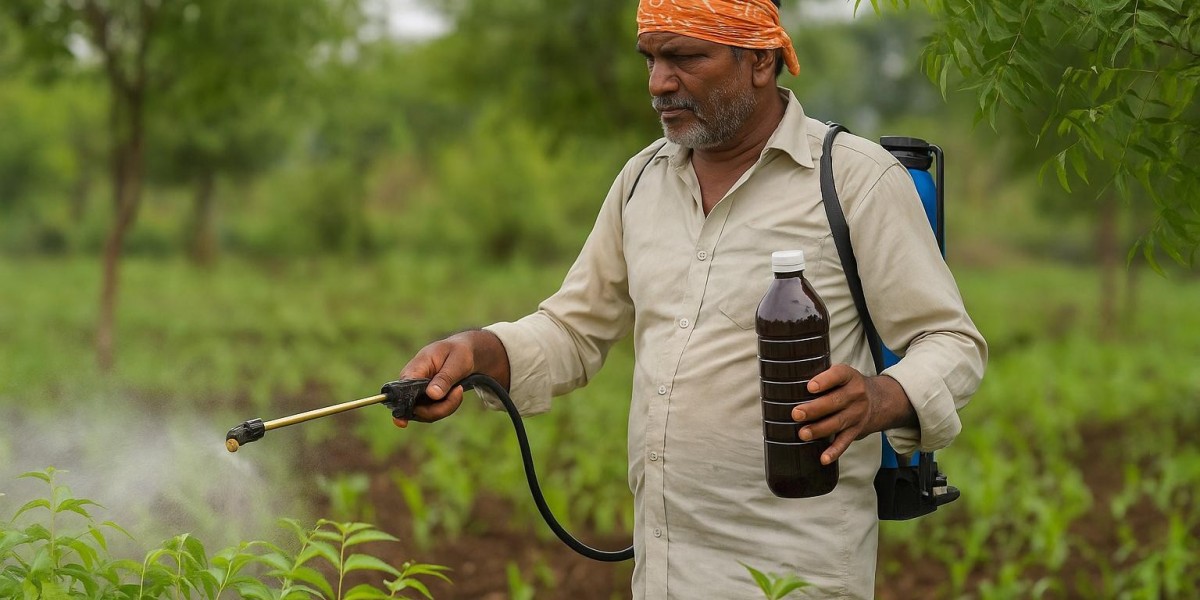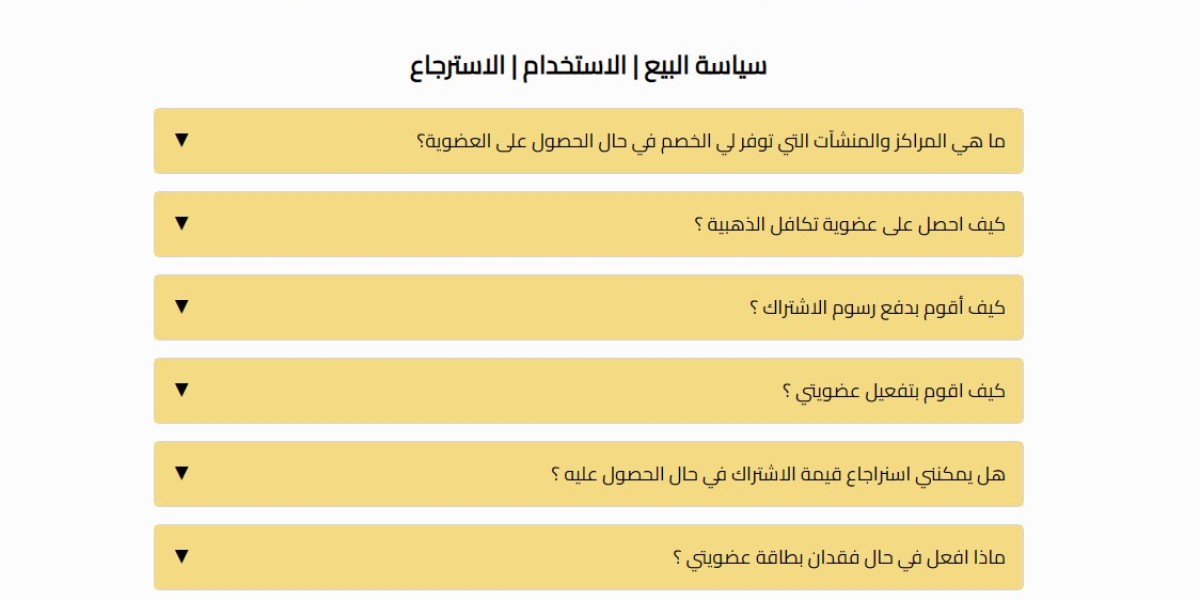Weed control doesn’t stop at seedbed preparation or pre-emergent application. In many fields, pre-emergent herbicides fail to provide season-long protection, especially when weed pressure spikes unexpectedly. That’s where post-emergent weed solutions become essential. Knowing when to shift from pre-emergent to post-emergent herbicides can protect crop yields, improve resistance management, and reduce long-term weed seedbank buildup.
1. Weed Breakthrough After Initial Herbicide Application
If you see fresh weed flushes just days or weeks after pre-emergent application, it’s a red flag. Factors like insufficient soil moisture, leaching, or incorrect dosage often cause this. Post-emergent herbicides become essential when the residual action of the initial herbicide runs out prematurely.
Two examples where this occurs often:
In light-textured soils, where pendimethalin breaks down more quickly.
After heavy rainfall events the herbicide concentration in the topsoil layer.
Switching early prevents those newly emerged weeds from establishing and producing seeds.
2. Presence of Mixed Weed Populations
Pre-emergent herbicides are generally spectrum-specific. A single application may control grasses but allow broadleaves and sedges to thrive—or vice versa. In fields where multiple weed types coexist, the solution must be dynamic.
The presence of broadleaves like Eclipta alba and sedges like Cyperus difformis growing alongside grasses is a sign that broader-spectrum post-emergents should be used. For instance, due of its demonstrated effectiveness against grasses, broadleaves, and sedges alike, many farmers purchase Council Active Rice Herbicide to handle such diversity during the early vegetative stage.
Use scouting every 7–10 days post-sowing or transplanting.
Apply before weeds reach the 3–4 leaf stage for maximum effectiveness.
3. Weed Height Exceeds Crop Canopy
There is more competition for sunlight, nutrients, and water when weeds begin to overtake the crop canopy. According to studies, if aggressive weeds like pigweed or barnyardgrass grow more than 10 cm above the crop line in the early stages of development, yield loss might amount to 40–60%.
Contact herbicides also have a harder time controlling weeds that are taller than 15 cm. In addition to decreasing herbicide effectiveness, delayed action results in lodging in rice and cereals because of the physical suppression caused by high weed biomass.
Before irreparable yield damage happens, vertical weed development is stopped by a prompt post-emergent spray.
4. Rising Herbicide Resistance Trends in Pre-Emergent Modes
Single-mode pre-emergent herbicides can lead to resistance if used repeatedly. More than 260 weed species worldwide are resistant to one or more herbicide groups, including ALS inhibitors and photosystem II blockers, according to the International Survey of Herbicide-Resistant Weeds.
Resistance may be emerging if the same pre-emergent herbicide, even when used correctly, has repeatedly failed in your field history. Changing to a post-emergent with a different mode of action in these situations provides both short-term and long-term relief.
Refer to resistance mapping tools, such as WeedScience.org, to check local trends and adapt your herbicide programme accordingly.
5. Inconsistent Rainfall During the First 10 Days
For pre-emergent herbicides to work in the soil, there must be enough moisture present. Efficacy is greatly diminished in the three to five days following spraying if there is no rainfall or inadequate irrigation. Herbicides such as oxadiargyl or pretilachlor remain ineffective if the weather is dry, allowing weeds to grow unchecked.
When post-application weather doesn’t cooperate:
Monitor weed emergence twice weekly.
Prepare to switch to post-emergent options between days 10–14.
This reactive strategy helps recover lost control without waiting for pre-emergent reactivation, which may never come in time.
6. Weed Flushes Appear in Patches or Uncontrolled Zones
Patchy weed presence after herbicide application suggests:
Uneven spray coverage
Spray drift
Soil inconsistencies like cracks or compaction zones
Particularly in paddy systems where weed seeds float, these spaces encourage additional flushes of weeds. Post-emergent herbicides applied as spot treatments can prevent the overrun of large areas.
Site-specific management is made possible by post-emergent rescue sprays, which reduce overall chemical consumption and safeguard nearby healthy areas.
“The most dangerous weed isn’t the one you see first—it’s the one you ignore the longest.”
7. Crop Injury from Pre-Emergent Products
Pre-emergent herbicides, if misused, can cause phytotoxicity. Symptoms include chlorosis, stunting, or seedling burn, especially in sensitive varieties or when rain triggers herbicide movement into the root zone.
When crop injury signs appear:
Stop further pre-emergent usage.
Allow a few days for recovery.
Apply a selective post-emergent that targets specific weeds without harming the recovering crop.
Post-emergents, such as florpyrauxifen or bispyribac, are often gentler when used at the proper stage and recommended doses, making them suitable alternatives during recovery.
8. Late-Germinating Weeds Overrun Gaps in Pre-Emergent Coverage
Certain weeds, such as Ammania baccifera and Commelina benghalensis, appear far later than the usual pre-emergent protection windows. They have a survival advantage due to their late germination, which allows them to evade the chemical barrier and engage in fierce competition during crop tillering.
It is necessary to address these latecomers 20–30 days after planting for crops like maize and rice. Post-emergent action is ideal during that time.
Choosing the right timing is key:
Apply before the weeds flower.
Ensure uniform spray coverage using a flat-fan nozzle.
9. Crop Stage Aligns With Ideal Post-Emergent Window
The safety margin for each herbicide varies according on the stage of crop growth. After the early vegetative period, certain pre-emergents lose their safe usage range. On the other hand, post-emergents such as penoxsulam or bispyribac are made especially for mid-vegetative times (15–25 days after planting).
This timing coincides with the crucial weed-free time in direct-seeded systems. It aids in clearing fields of transplanted rice before the canopy closes. Crop safety and weed control are guaranteed when crop stage is in line with herbicide label requirements.
The University of California Weed Management Guidelines is an external resource for scheduling post-emergent sprays.
FAQs
Can post-emergent herbicides replace pre-emergents completely?
No, they complement rather than replace. Pre-emergents prevent weed establishment, while post-emergents tackle escapes and flushes.How soon can I apply post-emergents after pre-emergent failure?
Wait until weeds have 2–3 true leaves. Avoid application during early stress conditions or drought.Is it safe to mix post-emergent herbicides with fertilizers?
Only if the label allows. Always do a jar test before large-scale tank mixing.Do post-emergents require adjuvants?
Some do. Non-ionic surfactants or crop oil concentrates improve absorption, especially for contact herbicides.Can post-emergents affect future crops in rotation?
Yes, residual activity may impact sensitive crops like legumes. Always review re-cropping intervals.
Why Early Intervention with Post-Emergents Matters
Post-emergent herbicides are frequently the last option in a weed control approach. Long-term infections, more difficult harvesting, and exponential seed generation from surviving weeds are all consequences of delays.
A single barnyardgrass plant can actually produce up to 40,000 seeds in a single season if allowed unmanaged. The proper use of a post-emergent treatment reduces the pressure for the upcoming season as well as the current weed burden.Pay attention to field indicators, scout frequently, and treat the selection of herbicides as a decision tree rather than a set timetable. Being adaptable enables you to react swiftly, increase yields, and safeguard your agricultural investment.







